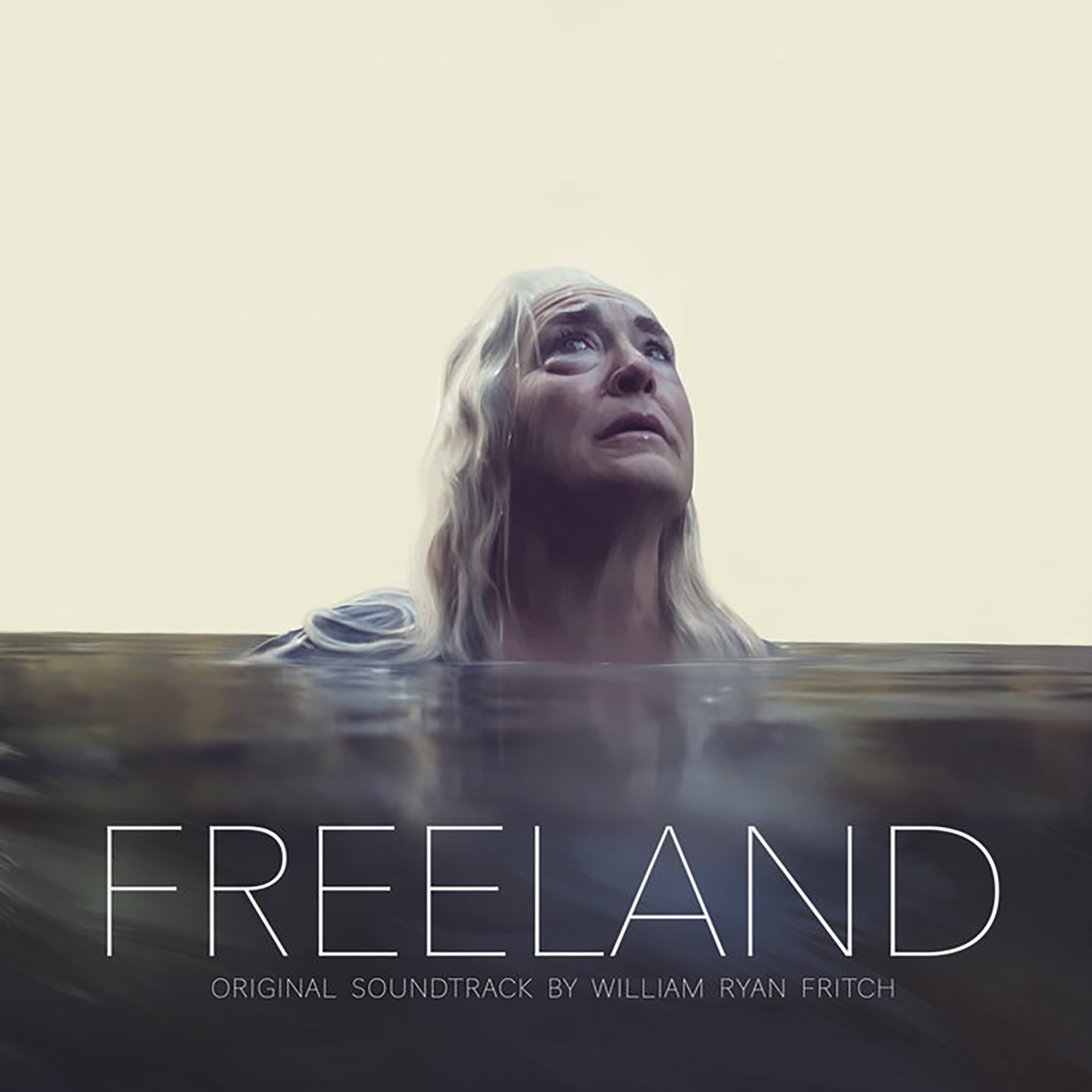 It seems like William Ryan Fritch has a new album coming out practically every other month these days and I dearly hope to catch up with his voluminous output someday, as that relentless work ethic does not seem like it has disrupted his near-supernatural hot streak one bit. This latest gem is one of his more high-profile recent releases, billed as a labor of love two years in the making. Normally, soundtrack albums are a bit of a red flag for me, as they are not generally intended to stand alone (by design), but some artists can transcend that restriction beautifully and conjure vivid sound worlds that are satisfying and complete experiences in their own right. Unsurprisingly, Fritch is one such artist and Freeland is an absorbing, inspired, and fitfully mesmerizing album. Granted, some of the strongest pieces are teasingly brief due to their intended context, but the heaving, shuddering, and fluttering rustic drones of pieces like "Devi’s Last Deal" and "The Old Commune" are haunting and memorable enough that I do not lament their brevity much, as I will happily take whatever glimpses of heaven I can get.
It seems like William Ryan Fritch has a new album coming out practically every other month these days and I dearly hope to catch up with his voluminous output someday, as that relentless work ethic does not seem like it has disrupted his near-supernatural hot streak one bit. This latest gem is one of his more high-profile recent releases, billed as a labor of love two years in the making. Normally, soundtrack albums are a bit of a red flag for me, as they are not generally intended to stand alone (by design), but some artists can transcend that restriction beautifully and conjure vivid sound worlds that are satisfying and complete experiences in their own right. Unsurprisingly, Fritch is one such artist and Freeland is an absorbing, inspired, and fitfully mesmerizing album. Granted, some of the strongest pieces are teasingly brief due to their intended context, but the heaving, shuddering, and fluttering rustic drones of pieces like "Devi’s Last Deal" and "The Old Commune" are haunting and memorable enough that I do not lament their brevity much, as I will happily take whatever glimpses of heaven I can get.
As the opening piece is the achingly beautiful "Devi's Last Deal," I did not need any added convincing to help me fall in love with the album, but my appreciation for Fritch's vision actually did deepen a bit once I learned more about the film. In broad strokes, Freeland is about "an aging pot farmer" who "finds her world shattered" as the legalized weed industry threatens to destroy her fragile outlaw refuge of hippie idealism (and her livelihood). Given the trailer, the tone of the music, and the choice of the elementally intense Krisha Fairchild for the lead role, it is probably safe to say I will find the film heartbreakingly sad when I finally see it, as powerlessly watching capitalism consume counterculture is certainly a subject that resonates with me. In keeping with that theme, Fritch's music evokes flickering and ghostly memories of distant happier times in a long-abandoned commune. If that spectral commune had a spectral house band, it would probably be a drowned orchestra of moss-covered skeletons rather than more expected "commune fare" like Amon Düül II or the freak folk milieu, as the slow, sad drones are invariably organic, haunted, and haunting. There are also a couple of shimmering and radiant pedal steel-sounding interludes ("Bygones" and "What You've Built"), as well as a tenderly melodic and dreamlike piano piece (the closing "Resurface"). All are likable, but it is definitely the more drone-based pieces that make me think "no one could have made a better soundtrack for this film than William Ryan Fritch, as he is a goddamn textural sorcerer." In pieces like "The Old Commune" and "Dropped," the strings sound like the deep, heaving, and woody groans of an old forest, while the woodwinds breathily sigh and flutter like phantasmagoric birds and butterflies. When Fritch stretches out enough to conjure a sublimely immersive and bittersweet scene in vivid detail, the results are gorgeous. Admittedly, only a handful of pieces linger around long enough to make such an impression on their own, but these fourteen fragments cumulatively make for quite a memorable whole.
Samples can be found here.


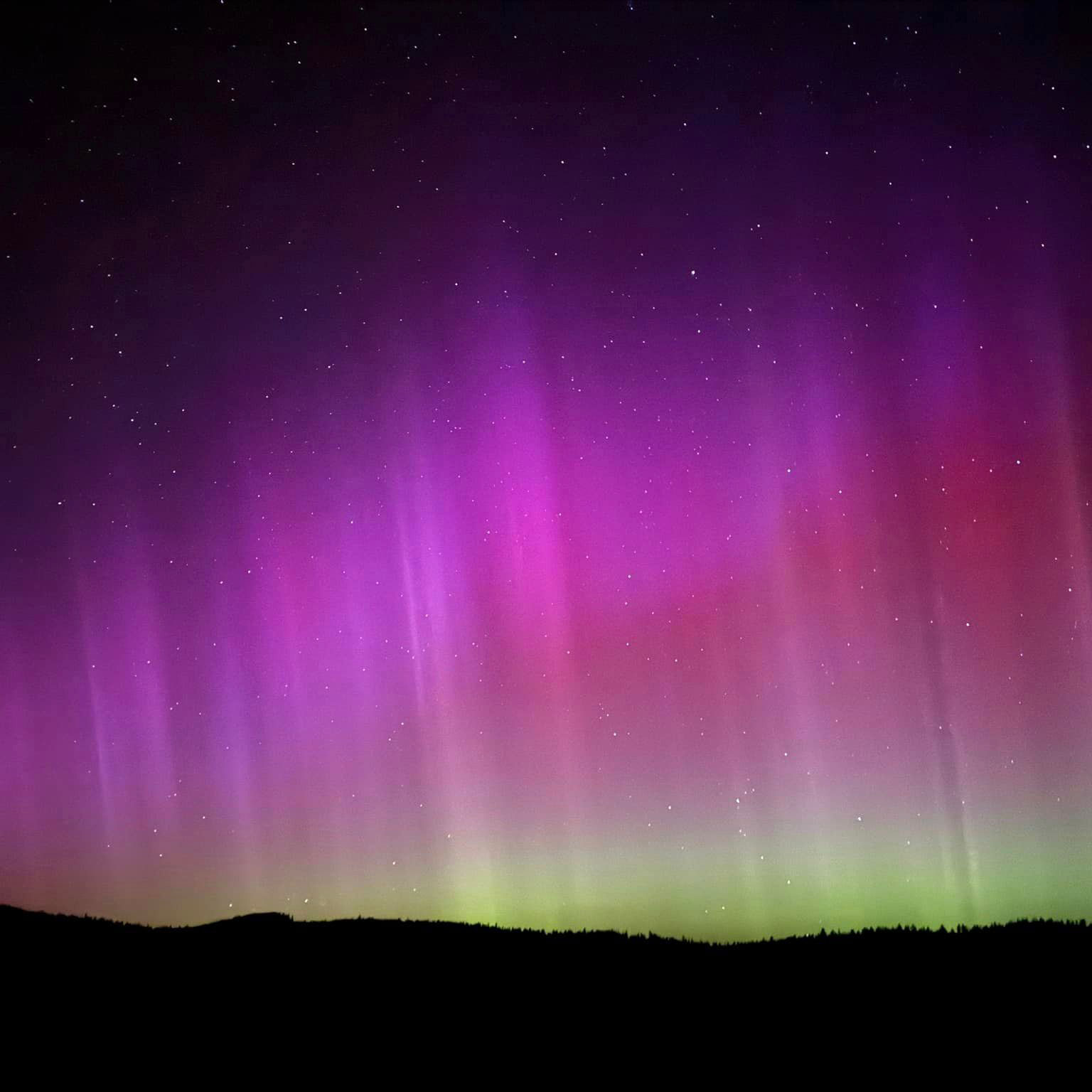
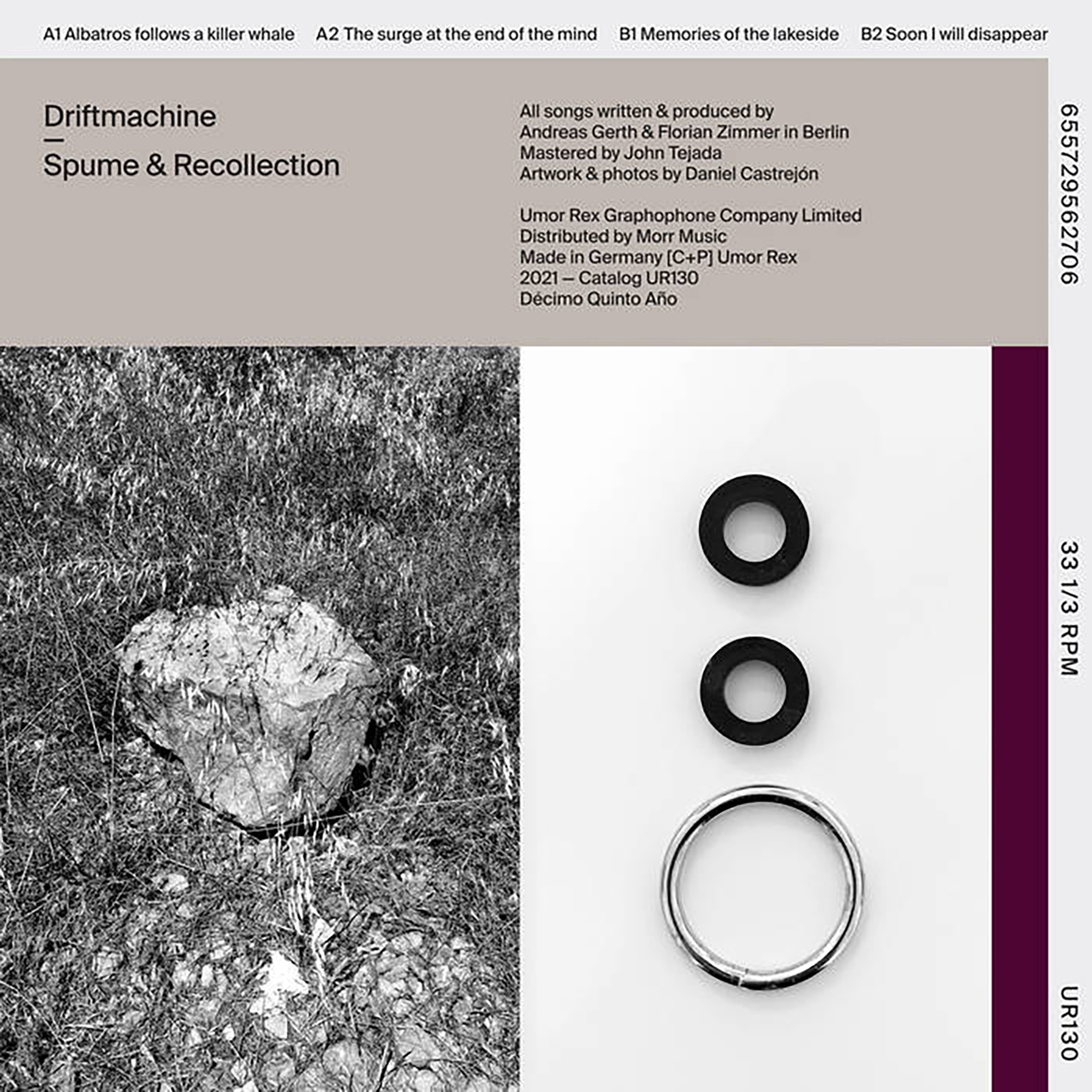 I have belatedly realized that I was an utter fool for sleeping on this unusual electronic duo from Berlin for so long, as an idiosyncratic dub techno-inspired project from a former member of Lali Puna seems like it should be right up my alley. Unfortunately, their debut (Nocturnes) was a bit too indulgent, deconstructed, and eclectic to resonate with me at the time and I filed them away as "mutant techno for people who are way too enthusiastic about modular synthesizers." Whether Driftmachine has gotten better in the ensuing seven years or whether I just caught up to the inspired aesthetic that they had all along is hard to say, but Spume & Recollection instantly sounded great to me, so my guess is that there have indeed been some improvements. While all four of these pieces are definitely still a bit too vamp-like and strange to fit within my personal dub techno comfort zone, I now feel like the quirks and subdued spaciness of the pair's vision make Driftmachine a compelling entity in its own right, as the best moments of Spume & Recollection feel like simmering, surreal, and mechanized psychedelia in perfectly distilled form.
I have belatedly realized that I was an utter fool for sleeping on this unusual electronic duo from Berlin for so long, as an idiosyncratic dub techno-inspired project from a former member of Lali Puna seems like it should be right up my alley. Unfortunately, their debut (Nocturnes) was a bit too indulgent, deconstructed, and eclectic to resonate with me at the time and I filed them away as "mutant techno for people who are way too enthusiastic about modular synthesizers." Whether Driftmachine has gotten better in the ensuing seven years or whether I just caught up to the inspired aesthetic that they had all along is hard to say, but Spume & Recollection instantly sounded great to me, so my guess is that there have indeed been some improvements. While all four of these pieces are definitely still a bit too vamp-like and strange to fit within my personal dub techno comfort zone, I now feel like the quirks and subdued spaciness of the pair's vision make Driftmachine a compelling entity in its own right, as the best moments of Spume & Recollection feel like simmering, surreal, and mechanized psychedelia in perfectly distilled form. It is unfortunate that this final album from Tomaga is being released in the shadow of Tom Relleen's untimely passing, as Intimate Immensity probably could have been the London duo's breakthrough release otherwise. I first became aware of the project through a combination of drummer Valentina Magaletti's many other appearances (Vanishing Twin, Raime, Helm, etc.) and stumbling upon Memory in Vivo Exposure while briefly obsessed with exotica-inspired ambiance. While I would not describe this latest album as particularly exotica-inspired for a Tomaga release, Relleen and Magaletti have always had a unique, eclectic, and constantly evolving off-beat vision, so there is no dearth of unusual juxtapositions and unexpected divergences among these ten songs. I suppose Vanishing Twin's Stereolab-esque aesthetic is as good a reference point as any, as the best songs here feel like the soundtrack of an arty European cult film from the '60s or '70s improved with subtle hallucinatory flourishes, exotic atmospheric touches, and muscular dub-wise grooves.
It is unfortunate that this final album from Tomaga is being released in the shadow of Tom Relleen's untimely passing, as Intimate Immensity probably could have been the London duo's breakthrough release otherwise. I first became aware of the project through a combination of drummer Valentina Magaletti's many other appearances (Vanishing Twin, Raime, Helm, etc.) and stumbling upon Memory in Vivo Exposure while briefly obsessed with exotica-inspired ambiance. While I would not describe this latest album as particularly exotica-inspired for a Tomaga release, Relleen and Magaletti have always had a unique, eclectic, and constantly evolving off-beat vision, so there is no dearth of unusual juxtapositions and unexpected divergences among these ten songs. I suppose Vanishing Twin's Stereolab-esque aesthetic is as good a reference point as any, as the best songs here feel like the soundtrack of an arty European cult film from the '60s or '70s improved with subtle hallucinatory flourishes, exotic atmospheric touches, and muscular dub-wise grooves.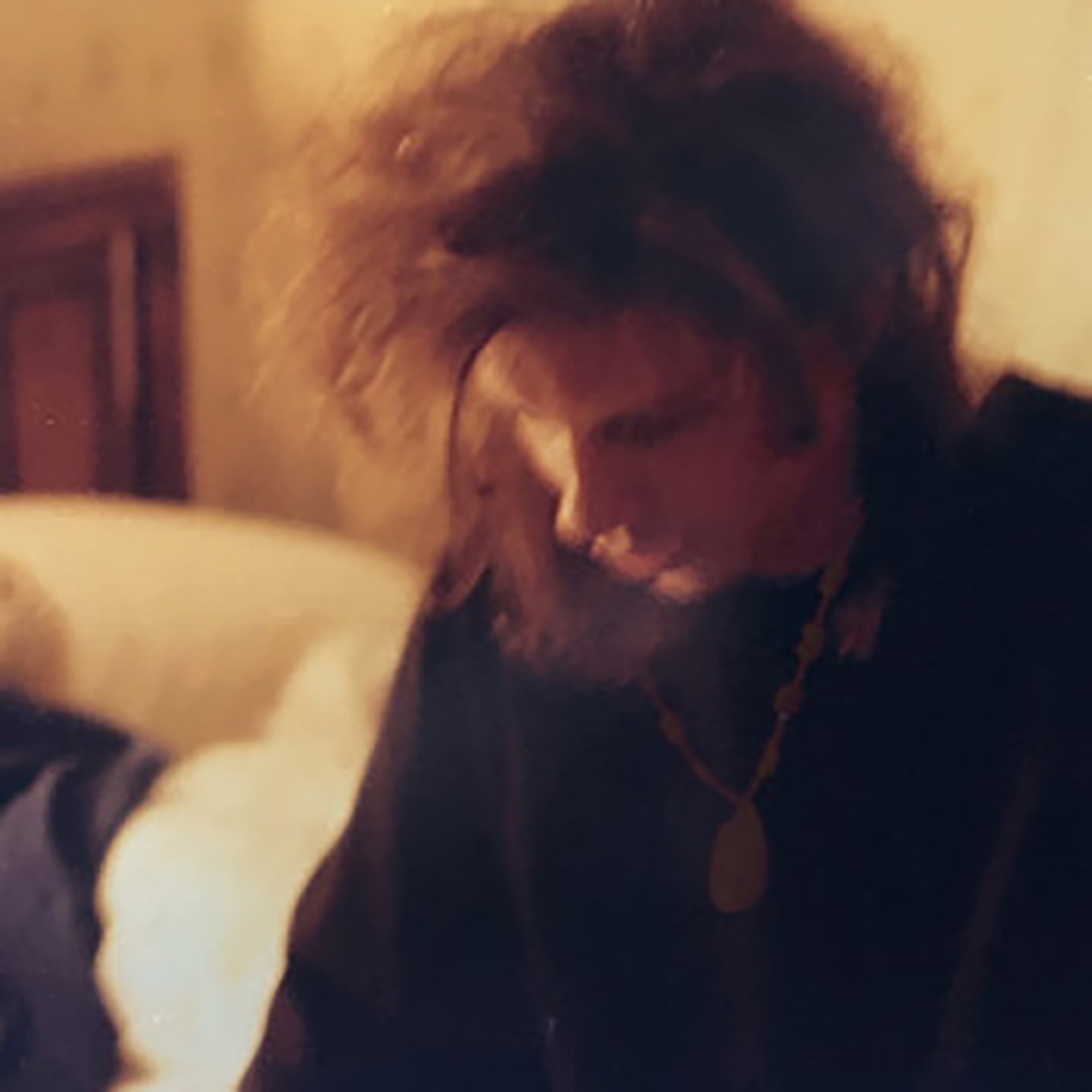 Disciples' wonderful series of resurrected home recordings from Warren Defever's precocious teenage years winds to a close with this third album (coinciding with the release of A Silver Thread, which compiles all of Defever's recently issued early home recordings in one place). In one way, it can be said that the best was saved for last, as Hope is a Candle features remastered versions of some material from the demo that fatefully landed His Name is Alive on 4AD (which has circulated as a bootleg for years). To my ears, however, it does not quite rival the pleasures of All the Mirrors in the House, but that makes sense since Mirrors was the revelatory bombshell that unveiled this treasure trove in the first place. That said, the "songs" are sometimes a bit longer and more fleshed out this time around, making Hope is a Candle feel like an enjoyable outtakes collection from the project's earliest albums. While that is certainly enough to satisfy me as an HNIA fan, the album also boasts quite a lovely and sublime closing piece.
Disciples' wonderful series of resurrected home recordings from Warren Defever's precocious teenage years winds to a close with this third album (coinciding with the release of A Silver Thread, which compiles all of Defever's recently issued early home recordings in one place). In one way, it can be said that the best was saved for last, as Hope is a Candle features remastered versions of some material from the demo that fatefully landed His Name is Alive on 4AD (which has circulated as a bootleg for years). To my ears, however, it does not quite rival the pleasures of All the Mirrors in the House, but that makes sense since Mirrors was the revelatory bombshell that unveiled this treasure trove in the first place. That said, the "songs" are sometimes a bit longer and more fleshed out this time around, making Hope is a Candle feel like an enjoyable outtakes collection from the project's earliest albums. While that is certainly enough to satisfy me as an HNIA fan, the album also boasts quite a lovely and sublime closing piece.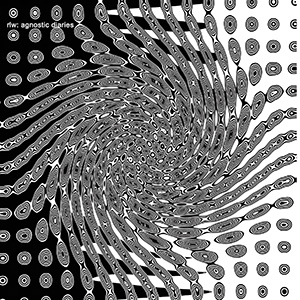 Consisting of raw materials from 2005, but heavily reworked and processed between 2016 and 2017, Ralf Wehowsky's latest work is actually a compilation of unfinished and aborted projects. Mostly centered around voice recordings, the six pieces on Agnostic Diaries represent collaborations that, for one reason or another, fell through or never saw the light of day. That is anything but apparent though; since there is a clear consistency from start to finish, and one that is in line with the style of Wehowsky's recent works.
Consisting of raw materials from 2005, but heavily reworked and processed between 2016 and 2017, Ralf Wehowsky's latest work is actually a compilation of unfinished and aborted projects. Mostly centered around voice recordings, the six pieces on Agnostic Diaries represent collaborations that, for one reason or another, fell through or never saw the light of day. That is anything but apparent though; since there is a clear consistency from start to finish, and one that is in line with the style of Wehowsky's recent works.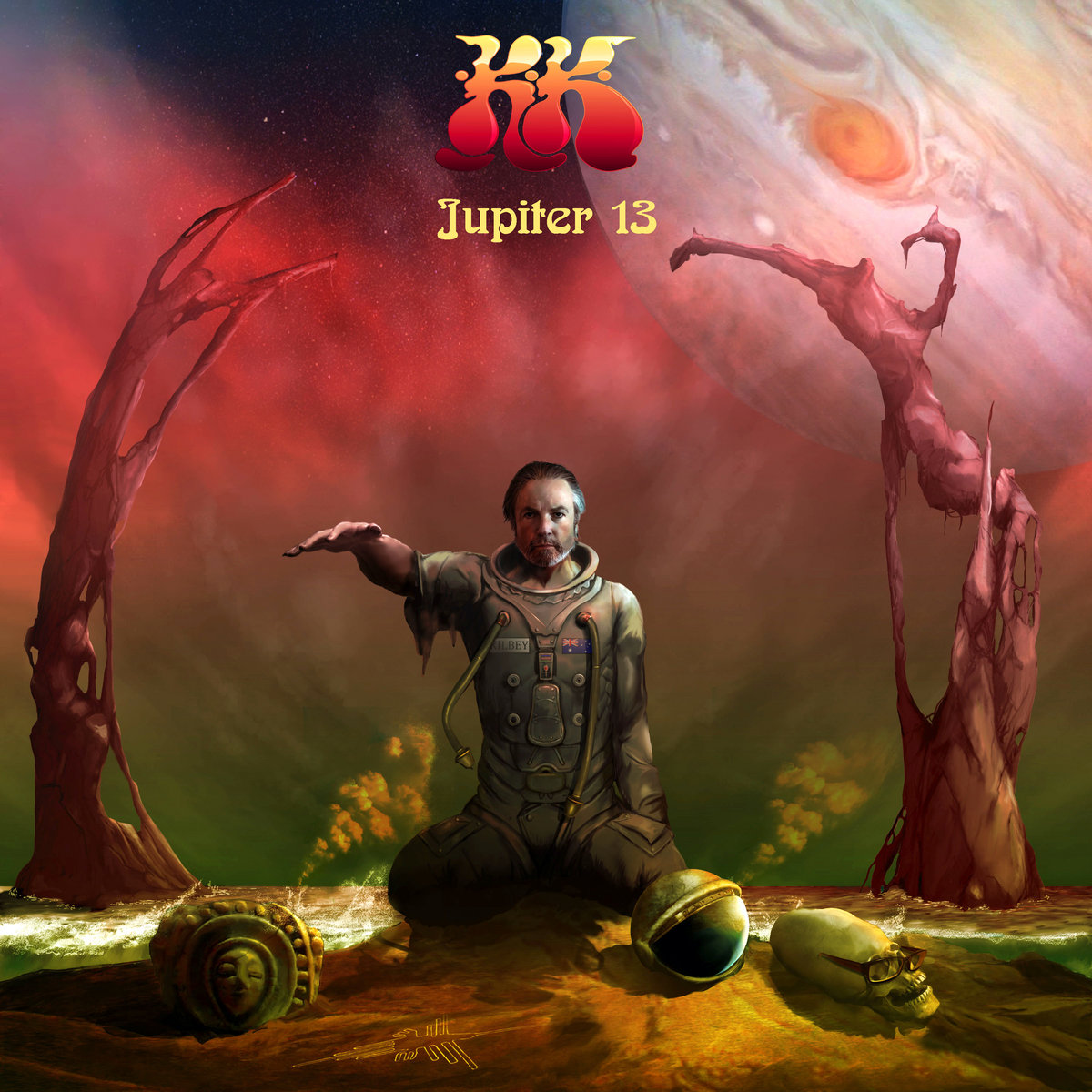 All India Radio's Martin Kennedy and The Church's Steve Kilbey are making beautiful magic again, this time on their sixth full length in just slightly over a decade. Kennedy works solo, weaving his audial spells before Kilbey hears any of the tracks. The fact that maestro Kilbey then extemporizes his lyrical magic in a matter of mere days makes their mixology more astounding. Their current incantation is given away by the cover, showing space oddity Kilbey untethered from his life-sustaining suit, landed on a barren planet with helmet cast aside. Kennedy's musical inspirations look to space, grounded by Kilbey's uniquely soulful and world-weary vocals. Voyaging through Kilbey's lyrical landscape provides openings to new dimensions, navigating through the shadows of 2020, giving even greater poignancy to Kennedy's musical spellcraft.
All India Radio's Martin Kennedy and The Church's Steve Kilbey are making beautiful magic again, this time on their sixth full length in just slightly over a decade. Kennedy works solo, weaving his audial spells before Kilbey hears any of the tracks. The fact that maestro Kilbey then extemporizes his lyrical magic in a matter of mere days makes their mixology more astounding. Their current incantation is given away by the cover, showing space oddity Kilbey untethered from his life-sustaining suit, landed on a barren planet with helmet cast aside. Kennedy's musical inspirations look to space, grounded by Kilbey's uniquely soulful and world-weary vocals. Voyaging through Kilbey's lyrical landscape provides openings to new dimensions, navigating through the shadows of 2020, giving even greater poignancy to Kennedy's musical spellcraft. This auspicious debut brings together The Body's drummer (Lee Buford) with his counterpart from Braveyoung (Zac Jones). Apparently, the pair have been fitfully collaborating since the two bands joined forces for 2011's Nothing Passes, but they have not released anything until now. Unsurprisingly, World Vision Perfect Harmony is an impressively heavy and beat-driven affair, stylistically landing in a place that calls to mind a collision of some cool late '90s Justin Broadrick side project, the industrial-strength hip-hop of early Kareem, and the noise-ravaged techno of Container. Somehow the album is even better than that sounds, however, as Buford and Jones often display an impressively intuition for perfectly balancing bludgeoning force, eerily hallucinatory samples, a head-bobbing BPM, and an occasional well-paced hook or flurry of hyperkinetic percussion. In a few cases, Manslaughter 777's relentless rhythmic assault and constrained palette start to yield diminishing returns, but at least half the album is legitimately excellent and there are a few killer "singles" that will be finding their way into my playlists for years.
This auspicious debut brings together The Body's drummer (Lee Buford) with his counterpart from Braveyoung (Zac Jones). Apparently, the pair have been fitfully collaborating since the two bands joined forces for 2011's Nothing Passes, but they have not released anything until now. Unsurprisingly, World Vision Perfect Harmony is an impressively heavy and beat-driven affair, stylistically landing in a place that calls to mind a collision of some cool late '90s Justin Broadrick side project, the industrial-strength hip-hop of early Kareem, and the noise-ravaged techno of Container. Somehow the album is even better than that sounds, however, as Buford and Jones often display an impressively intuition for perfectly balancing bludgeoning force, eerily hallucinatory samples, a head-bobbing BPM, and an occasional well-paced hook or flurry of hyperkinetic percussion. In a few cases, Manslaughter 777's relentless rhythmic assault and constrained palette start to yield diminishing returns, but at least half the album is legitimately excellent and there are a few killer "singles" that will be finding their way into my playlists for years. In theory, any album recorded by the duo of Chris Corsano and Bill Orcutt should be an instant Album of the Year candidate for me, as the pair are easily among my favorite musicians on the planet. However, 2018’s explosive Brace Up! was not quite my thing, calling to mind Orcutt's earlier and viscerally cacophonous Harry Pussy days. I have no doubt that seeing the duo live during that period would have either torn off my head or melted my face, but that album is not the one I reach for when I have an Orcutt craving. Happily, the opposite is true of this latest convergence of the two fiery improv iconoclasts, as Made Out of Sound resembles one of Orcutt's more recent solo albums organically intertwined with some oft-incendiary free drumming. Despite being generally more melodic and less feral than its predecessor, however, the more nuanced Made Out of Sound is nevertheless a radical and intense recording in its own right. It is truly rare to encounter such seemingly effortless and fluid chemistry between two artists with such instantly recognizable and attention-grabbing aesthetics.
In theory, any album recorded by the duo of Chris Corsano and Bill Orcutt should be an instant Album of the Year candidate for me, as the pair are easily among my favorite musicians on the planet. However, 2018’s explosive Brace Up! was not quite my thing, calling to mind Orcutt's earlier and viscerally cacophonous Harry Pussy days. I have no doubt that seeing the duo live during that period would have either torn off my head or melted my face, but that album is not the one I reach for when I have an Orcutt craving. Happily, the opposite is true of this latest convergence of the two fiery improv iconoclasts, as Made Out of Sound resembles one of Orcutt's more recent solo albums organically intertwined with some oft-incendiary free drumming. Despite being generally more melodic and less feral than its predecessor, however, the more nuanced Made Out of Sound is nevertheless a radical and intense recording in its own right. It is truly rare to encounter such seemingly effortless and fluid chemistry between two artists with such instantly recognizable and attention-grabbing aesthetics. I never delved too deeply into the New Weird America scene during its heyday, so I have probably heard far fewer Sunburned Hand of the Man albums than most people who are constantly seeking out freaky underground sounds. Consequently, I have no idea if there is some CDR from like 2002 lurking among the free rock collective's previous 120+ releases that explores roughly the same stylistic terrain as Pick a Day to Die. I would be surprised if there was though, as this return (of sorts) feels unusually focused, tight, and muscular for the band. To my ears, that approach suits Sunburned Hand quite well, as the collective churn out some impressively killer psychedelia on this release (among other things). That said, they still remain every bit as unapologetically eclectic, perplexing, and occasionally self-sabotaging as ever, resembling a bunch of gleefully mischievous Western Massachusetts underground luminaries (with amazing record collections) spinning a wheel to determine whether they want to channel Captain Beefheart, classic krautrock, Dr. John, or some cool folk, prog, or psych obscurity with each fresh song. Despite that (or, more likely, because of it), this is an unusually fun, strong, and memorable release.
I never delved too deeply into the New Weird America scene during its heyday, so I have probably heard far fewer Sunburned Hand of the Man albums than most people who are constantly seeking out freaky underground sounds. Consequently, I have no idea if there is some CDR from like 2002 lurking among the free rock collective's previous 120+ releases that explores roughly the same stylistic terrain as Pick a Day to Die. I would be surprised if there was though, as this return (of sorts) feels unusually focused, tight, and muscular for the band. To my ears, that approach suits Sunburned Hand quite well, as the collective churn out some impressively killer psychedelia on this release (among other things). That said, they still remain every bit as unapologetically eclectic, perplexing, and occasionally self-sabotaging as ever, resembling a bunch of gleefully mischievous Western Massachusetts underground luminaries (with amazing record collections) spinning a wheel to determine whether they want to channel Captain Beefheart, classic krautrock, Dr. John, or some cool folk, prog, or psych obscurity with each fresh song. Despite that (or, more likely, because of it), this is an unusually fun, strong, and memorable release. When I first discovered music that expanded commercial radio's boundaries, much of it was found via word of mouth from like-minded people. Music discovery is more accessible these days, but word of mouth is still a powerful discovery tool. I likely wouldn't have learned about this one were it not for a like-minded Facebook group. Swansea musician Edward Hancock's project, The Brain Thunk When It Thailed is the culmination of a host of genres stirred together in a large DIY pot. Honed with a lo-fi aesthetic and honoring experimentation from generations, the album calls up homages to punk, doom, jazz, garage, blues, R&B, and psychedelia. With heavy use of panning and mixing on a simple Portastudio, the album succeeds in sounding like a spaced-out sixties band. That's where the fun begins.
When I first discovered music that expanded commercial radio's boundaries, much of it was found via word of mouth from like-minded people. Music discovery is more accessible these days, but word of mouth is still a powerful discovery tool. I likely wouldn't have learned about this one were it not for a like-minded Facebook group. Swansea musician Edward Hancock's project, The Brain Thunk When It Thailed is the culmination of a host of genres stirred together in a large DIY pot. Honed with a lo-fi aesthetic and honoring experimentation from generations, the album calls up homages to punk, doom, jazz, garage, blues, R&B, and psychedelia. With heavy use of panning and mixing on a simple Portastudio, the album succeeds in sounding like a spaced-out sixties band. That's where the fun begins.
